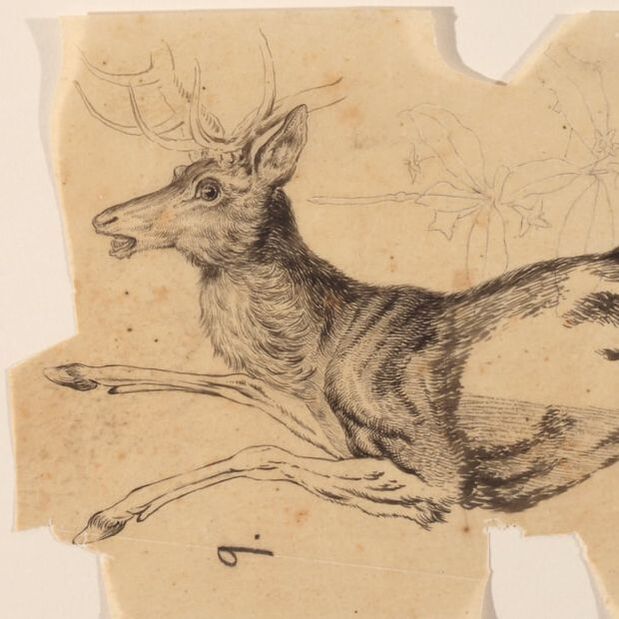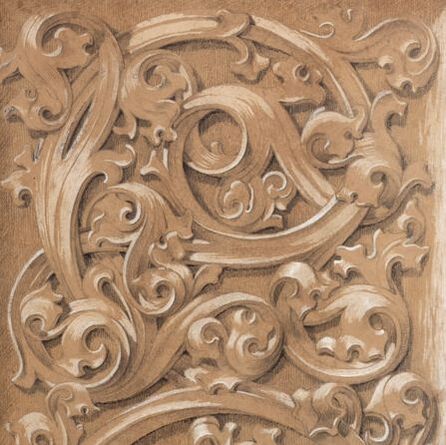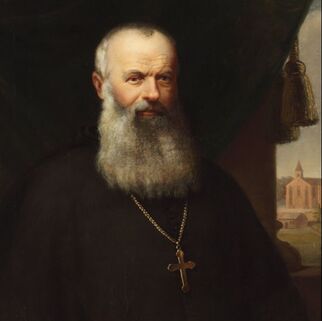Artists of Saint Vincent / 19th c.
Having received significant financial support from King Ludwig I of Bavaria, Saint Vincent was initially envisioned as a German colony. To effectively establish a Benedictine presence in the United States, Boniface Wimmer employed the power of art to solidify a communal identity firmly rooted in Bavarian precedents. Wimmer’s deliberate encouragement of artists can be traced to the wisdom Saint Benedict, who outlines in the fifty-seventh chapter of The Rule: If there are artisans in the monastery, they are to practice their craft with all humility, but only with the abbot’s permission (RSB 57.1) His primary motivation for collecting works of art was to inspire artistic production among the members of his community and the students entrusted to their care. A trans-national exchange between Germany and the United States was facilitated in part through Saint Vincent’s artists who transported subjects and artistic techniques familiar to recently established immigrant enclaves.
Under the leadership of Br. Cosmas Wolf, O.S.B., Saint Vincent instituted the Covington Altar Building Stock Company as an entrepreneurial venture. In association with artists and craftsmen that included Wilhelm Lamprecht, Johann Schmidt, and a young Frank Duveneck, the Company and later the Studio for Christian Art founded by Bonaventure Ostendarp, furnished churches throughout the American Midwest and Mid-Atlantic, effectively infusing a decidedly German aesthetic into the American landscape. Their collective artistic output had an indelible impact on American Catholic attitudes regarding ecclesiastical art and architecture for generations. By the beginning of the 20th century, Saint Vincent had founded ten monasteries in eight states thereby further disseminating the historical styles and building methods preferred by Boniface Wimmer.
Explore:
|
Explore:
|
|
Explore:
Wilhelm Lamprecht |





